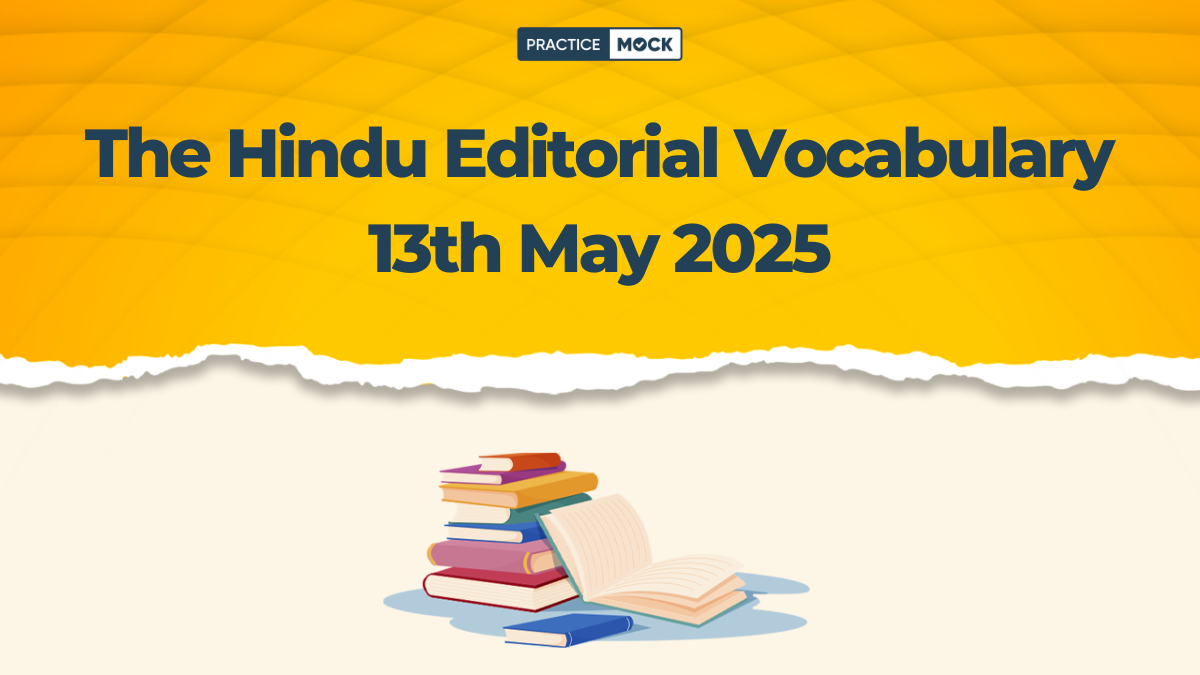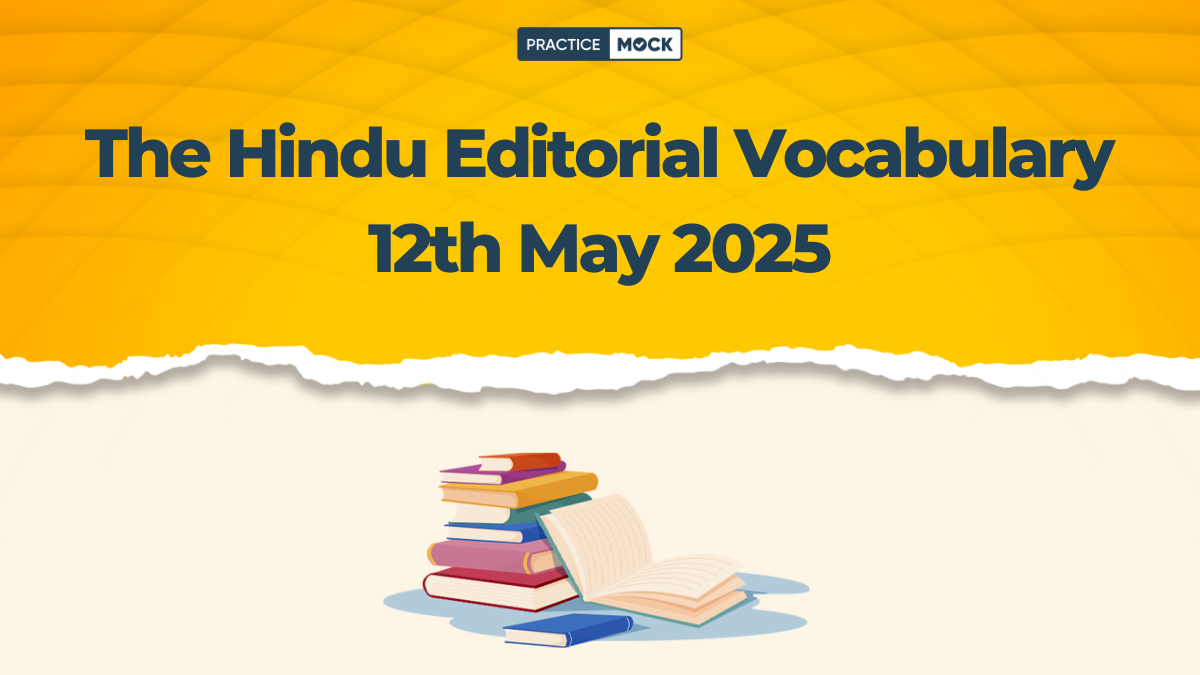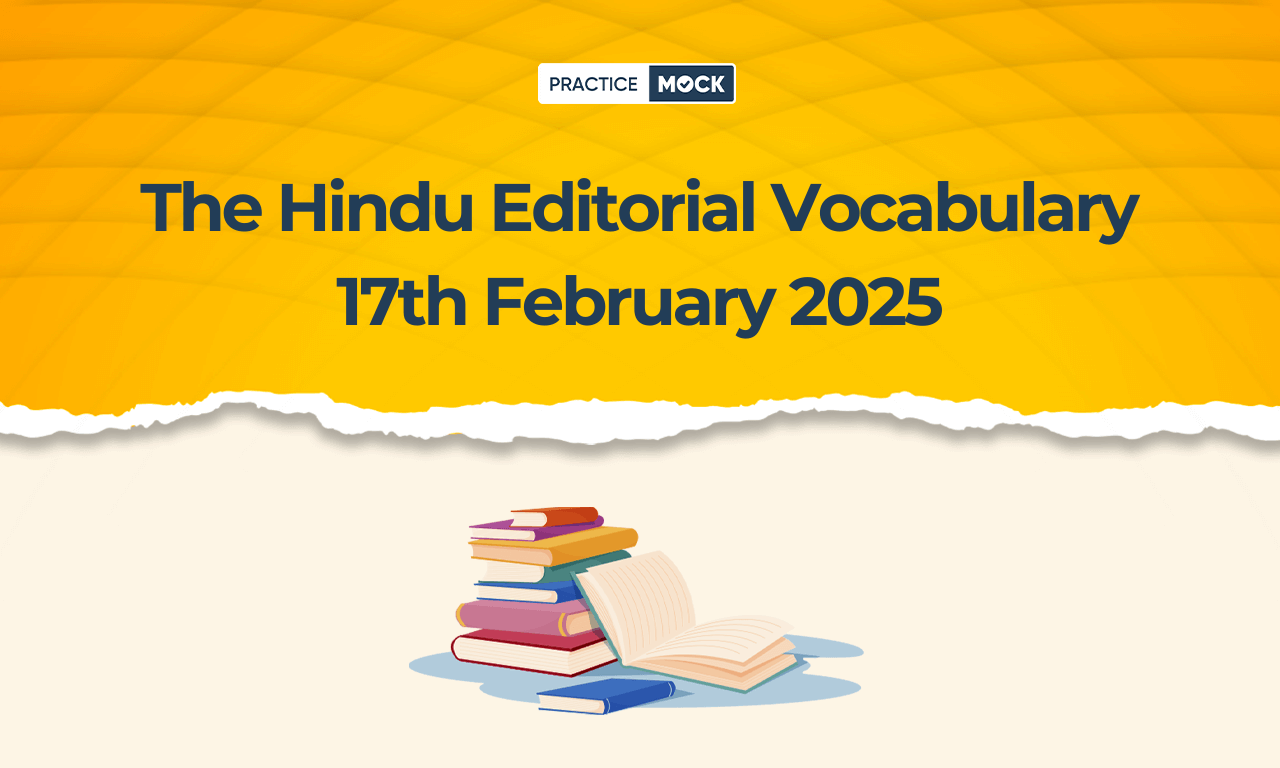

| Difficult Word/ Phrase | Contextual Sense |
| Rear | The side of an object that is opposite its front |
| Merely | And nothing more |
| Tragic | Very sad; especially involving grief, death or destruction |
| Deployment | Positioning |
| Fatality | A death resulting from an accident or a disaster |
| Stark | extreme |
| Non-compliance | failure to act in accordance with a wish or command |
| Mishap | An unpredictable outcome that is unfortunate |
| Buckle up | fasten one’s seat belt in a vehicle or aircraft |
| Whiplash | An injury to the neck (the cervical vertebrae) resulting from rapid acceleration or deceleration (as in an automobile accident) |
| Proximate | Closest in degree or order (space or time) especially in a chain of causes and effects |
| In line | In agreement with |
| Resort | Have recourse to |
| Composite | A conceptual whole made up of complicated and related parts |
| Merit | deserve |
Rear (The side of an object that is opposite its front) guard action: on car accident-related deaths
Car accident-related deaths can be drastically reduced by use of seat belts
Merely (And nothing more) days after the release of the National Crimes Records Bureau report that stated that those killed in road accidents — 1,55,622 in 2021 — had reached the highest level since 2014, industrialist and the former chairman of Tata Sons, Cyrus Mistry, and a fellow passenger lost their lives on Sunday when the car they were travelling in met with an accident near Palghar, Maharashtra. Police sources were quoted as saying that the passengers were not wearing their seat belts. The tragic (Very sad; especially involving grief, death or destruction) and avoidable accident should heighten awareness of the need for car safety deployments (Positioning) and their enforcement by road safety authorities. It is well understood today that the use of low-cost restraint systems such as seat belts and airbag equipment have helped reduce car passenger-related fatalities (A death resulting from an accident or a disaster) effectively. Studies, quoted in a road safety report prepared by the Transportation Research and Injury Prevention Centre, IIT Delhi, in November 2021, estimated that “air-bag deployment reduced mortality by 63%… lap-shoulder-belt use reduced mortality by 72%, and combined air-bag and seatbelt use reduced mortality by more than 80%”. While awareness about and enforcement of seat belt use have relatively increased over time despite stark (extreme) numbers on non-compliance (failure to act in accordance with a wish or command) related deaths (the Road Transport Ministry estimated that 26,896 people had died due to non-use of seat belts in accidents in 2017), the enforcement for belt wearing for rear seat occupants has been almost non-existent. This is a shame as a study by the Insurance Institute for Highway Safety, U.S., shows that rear seat occupants were eight times more likely to suffer serious injuries in a mishap (An unpredictable outcome that is unfortunate) if they did not buckle up (fasten one’s seat belt in a vehicle or aircraft.) than if they did. Other aspects such as the proper use of headrests also help in reducing injuries due to whiplash (An injury to the neck (the cervical vertebrae) resulting from rapid acceleration or deceleration (as in an automobile accident)) during accidents.
Another worrying trend identified by the IIT Delhi report is that while national highways constitute only 2% of the total length of roads in India, they contribute to 36% of fatalities. While the proximate (Closest in degree or order (space or time) especially in a chain of causes and effects) cause of deaths and injuries to passengers in this particular accident was high speed driving, in line (in agreement with) with the NCRB’s findings that 56% of India’s road accidents in 2021 were caused due to overspeeding, it is also true that policing has often resorted (Have recourse to) to simplistic methods to determine ‘driver’s fault’ in most road accidents. The road safety report points out that the NCRB’s figures were a gross underestimate and the only way to reduce fatalities was to institute evidence-based, India-specific and effective road safety policies. These include looking at composite (A conceptual whole made up of complicated and related parts) factors such as poor road design and maintenance of road and traffic infrastructure in fixing responsibility for accidents. One suggestion — the removal of medians on intercity highways and replacement with steel guard rails or wire rope barriers — also merits (deserve) consideration.
Want to improve your vocabulary further? Download the Lists of Word-Meanings of Previous Months here.
Recent Posts
SSC CGL Syllabus 2025, Download Free PDF, Topic-wise Weightage
In this blog, we have provided the SSC CGL Syllabus 2025 and PDF for Tier…
IOB LBO Salary 2025, Check Job Profile and Career Growth
IOB LBO Salary 2025, Check Job Profile, know the Indian Overseas Bank Salary structure and…
SSC CGL Previous Year Question Papers with Solutions for Tier 1 & 2, Get Free PDF
Explore the SSC CGL Mains Previous Year Question Papers to know the difficulty level of…
IBPS PO Exam Preparation 2025, Check How To Start?
the best way to start IBPS PO 2025 exam preparation using structured strategies, topic analysis,…
UPSC Admit Card 2025 Out for CSE Prelims Exam , Get Direct Link
The UPSC has released the UPSC Admit Card 2025 for Prelims exam. In this blog,…
SBI CBO Computer Aptitude Previous Year Question Paper, Download Free PDF
Here we are providing the SBI CBO Computer Aptitude Previous Year Question Paper. Candidates can…


